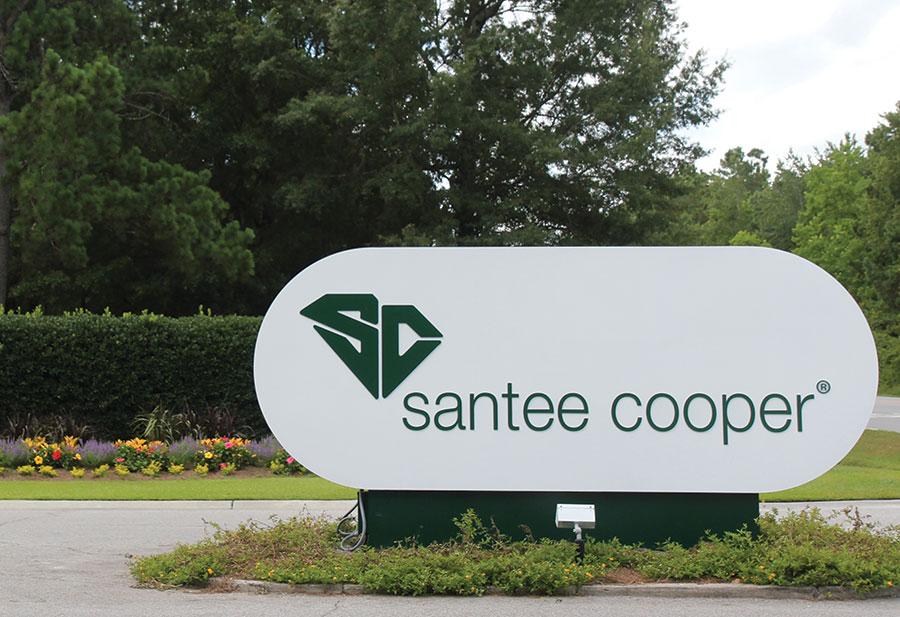Santee Cooper Board Advances Greener Plan
Natural gas unit offers flexibility, supports planned solar

MONCKS CORNER, S.C. – Advancing its leaner, greener resource plan put forth in 2020, the Santee Cooper Board of Directors today discussed plans for a new natural gas unit to partially replace retiring coal units, help integrate more renewable power and meet expected customer load growth.
The proposed natural gas unit, combined with already contracted solar, new solar, battery storage and demand-side management proposed in Santee Cooper’s 2020 Integrated Resource Plan (IRP) and currently being analyzed as part of its 2023 IRP, offer critical reliability, affordability and resiliency for Santee Cooper customers. These new generating resources will also help South Carolina, as the State considers how to meet overall anticipated growth and other electric system needs.
“South Carolina is fortunate to be planning for a growing economy, and Santee Cooper understands our responsibility to make sure we’re meeting customer demand, and doing it in a way that is cost-effective, environmentally sensitive and protects system reliability,” said Jimmy Staton, Santee Cooper President and CEO. “The resource proposed today meets Santee Cooper’s obligation resulting from Central’s election to opt out of a proposed resource. We look forward to continued work alongside Central and other utilities in the State to not only meet future electric needs, but to meaningfully lower our carbon footprint, take advantage of economies of scale and keep the lights on at the same time.”
Central Electric Power Cooperative purchases power from Santee Cooper on behalf of the State’s 20 electric cooperatives and is also planning resources to meet its share of new demand beginning in 2029. Ultimately, resources proposed to serve our combined system will be analyzed as part of Santee Cooper’s 2023 Integrated Resource Plan to be presented to the South Carolina Public Service Commission, next May.
Specifically, Santee Cooper is proposing a 1x1 natural gas combined cycle unit with a summer capacity exceeding 338 megawatts (MW) and with the potential for conversion to emissions-free hydrogen fuel when hydrogen is more commercially available. The preferred site at this point is in Hampton County, which offers lower risk related to gas availability. Continued analysis and potential collaboration with other utilities will determine the specific size and location that will be presented to the Public Service Commission.
“Santee Cooper needs additional natural gas generation to provide the flexibility to add more solar power,” Staton said. “Solar power is an intermittent resource, and natural gas can be ramped up or down quickly as the sun rises, falls, or hides behind an afternoon thunderstorm, which provides the system reliability we need. The unit we’re planning also could be switched to hydrogen fuel when that market matures, which will further decrease our carbon footprint.”
Santee Cooper’s IRP also includes 1,500 MWs of solar, utility-scale battery storage, new demand-side management programs and other new technologies to further reduce emissions while maintaining reliability. Learn more about Santee Cooper’s IRP process and how you can get involved at www.santeecooper.com/IRP.
